This article was produced in association with Euroleague Basketball
“What is happening today cannot be compared with what happened 20 years ago,” says Euroleague Basketball president and chief executive Jordi Bertomeu of the furious pace of change in today’s sports industry. “Everything can happen in a very short period of time.”
Bertomeu is speaking about change in the industry in general, driven by digital media technology. But he could have been talking about his own organization specifically. Hand-in-hand with global entertainment and marketing specialist IMG, EB is undergoing a remarkable, high-speed transformation.
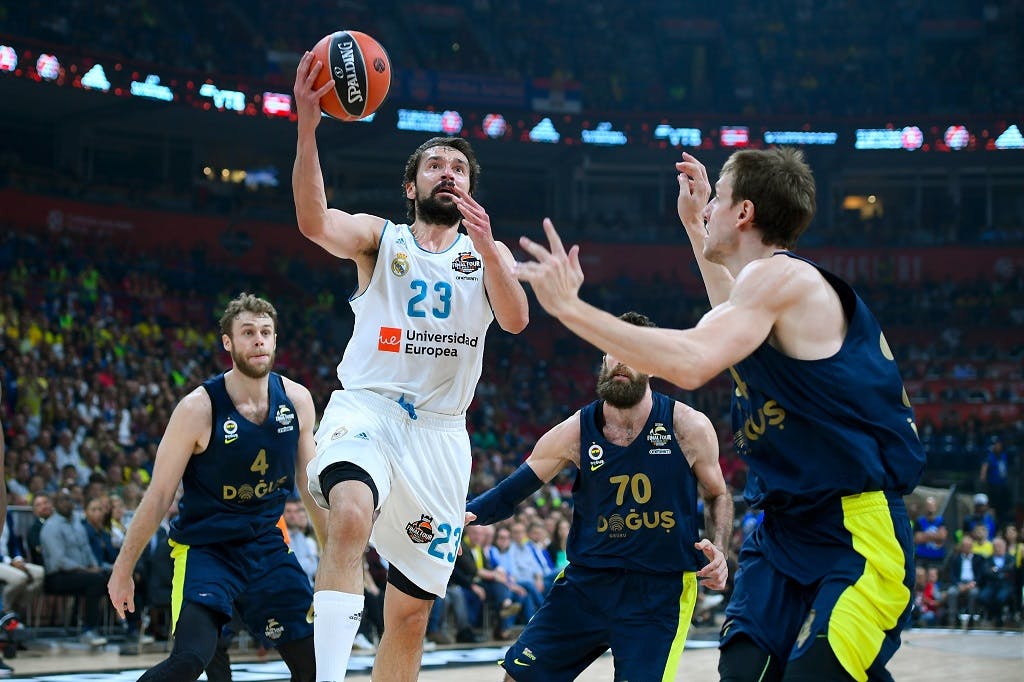
The two organizations entered into a 10-year partnership beginning in the 2016-17 season to develop EB competitions and participating clubs in order to achieve their full potential. The first couple of seasons saw important foundations being laid, with new competition formats and investments in TV production. Having got the basic product up to scratch, the joint venture is now propelling its way into the 21st century with a raft of innovations. Developments on the slate for the next couple of seasons include:
- Adding two new semi-permanent teams to the top-tier Turkish Airlines EuroLeague
- Creating a new system to centralize fan data from the leagues and clubs
- Modernizing the league’s digital content output.
It’s an ambitious schedule. But Euroleague Basketball can’t afford to stand still. As a second-tier property, in a second-tier sport in Europe, it has to work hard for every fan and every euro of revenue. The footprint of both the league and the sport is greatest in smaller, less-wealthy markets in the south and east of the continent.
The good news for Euroleague and IMG is that their joint work already seems to be paying off, just two years into the partnership.
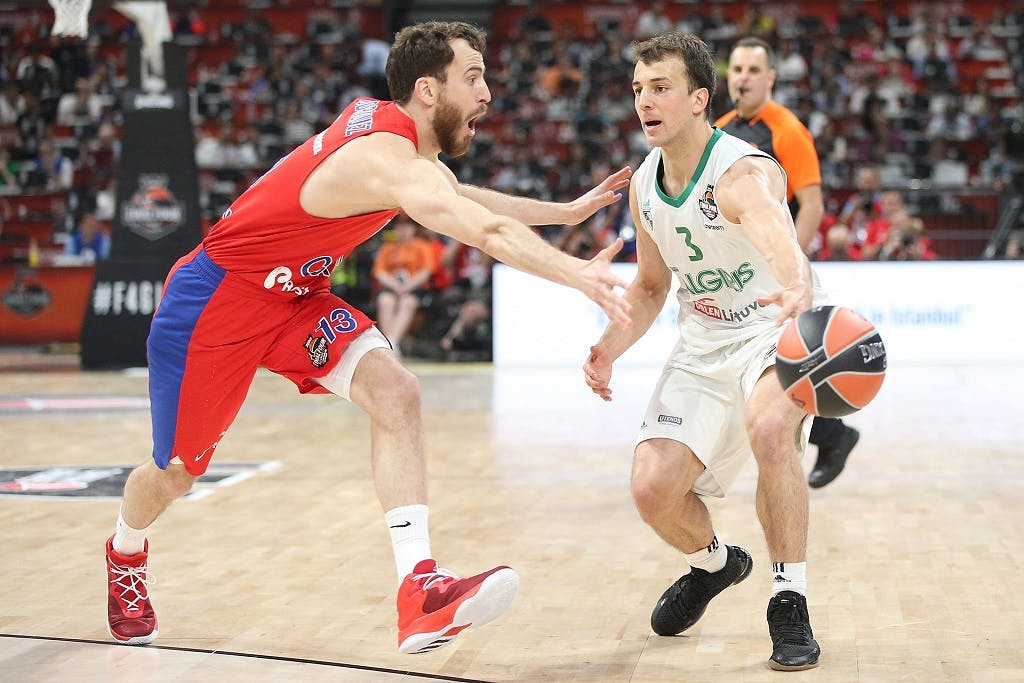
Early gains
The two crucial pieces of work in the first two seasons were: changing competition formats at both the EuroLeague and the 7DAYS EuroCup; and improving the standard and consistency of TV production.
Format changes to the EuroLeague ensured more games overall and more games between the biggest teams. New standards and specifications were introduced for TV broadcasters producing EuroLeague games, and IMG took on production in markets where there weren’t any local broadcasters willing or able to meet the standards.
“Our expectations have been exceeded by the results,” says Bertomeu. “On the media side, we have significantly increased our income. On the sponsorship side, we have also been very successful. Also from our events – especially the Final Four, which was held this year in Belgrade – there was significant growth.”
Between 2015-16 and 2017-18, EB revenues increased by 96 per cent, with media revenue increasing by 103 per cent and sponsorship revenue going up 50 per cent.
“I think most importantly, our fans – our customers – have realized we have had an impact on them,” Bertomeu adds. “The way the product has been designed and presented is significantly different from before we started the cooperation with IMG.”
These changes did not come without challenges, including EB clubs getting used to a competition that required them to play many more games.
“I always said our players, coaches and clubs needed one year to understand what is needed to face this situation,” says Bertomeu. “Many things in the culture of the clubs have been changed, from practices to the physical preparation for trips – everything has been affected by this new competition format.”
Bertomeu says that for the first two seasons the main focus was “to start the competition in October with everything ready, with more cameras, with a different [TV] production plan, with all the broadcasters aligned with the broadcast standards. There were so many things to do around the launch of this new concept”.
Now there is a feeling that with the essentials in place the joint venture is moving to a more future-focused set of developments that will grow the league’s business and modernize its operations: “Now with more or less the main things settled, we can spend more time on future strategies.”
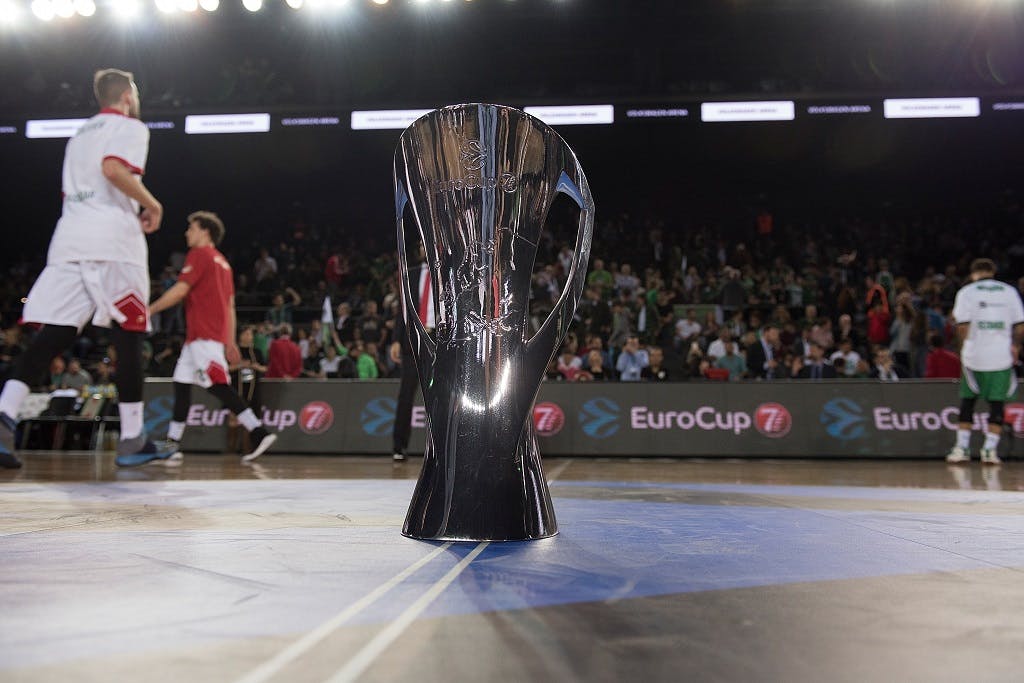
Digital upgrade
Many of the forthcoming developments are digital. Investments are being made in new types of content for the league’s digital platforms, in the platforms themselves and in a system to fully exploit the data generated as fans interact with the content and the platforms. These moves are considered critical in building the league’s value to fans, sponsors and other partners.
“It’s about trying to align our sponsorship, media and digital strategy under the same concept,” Bertomeu says.
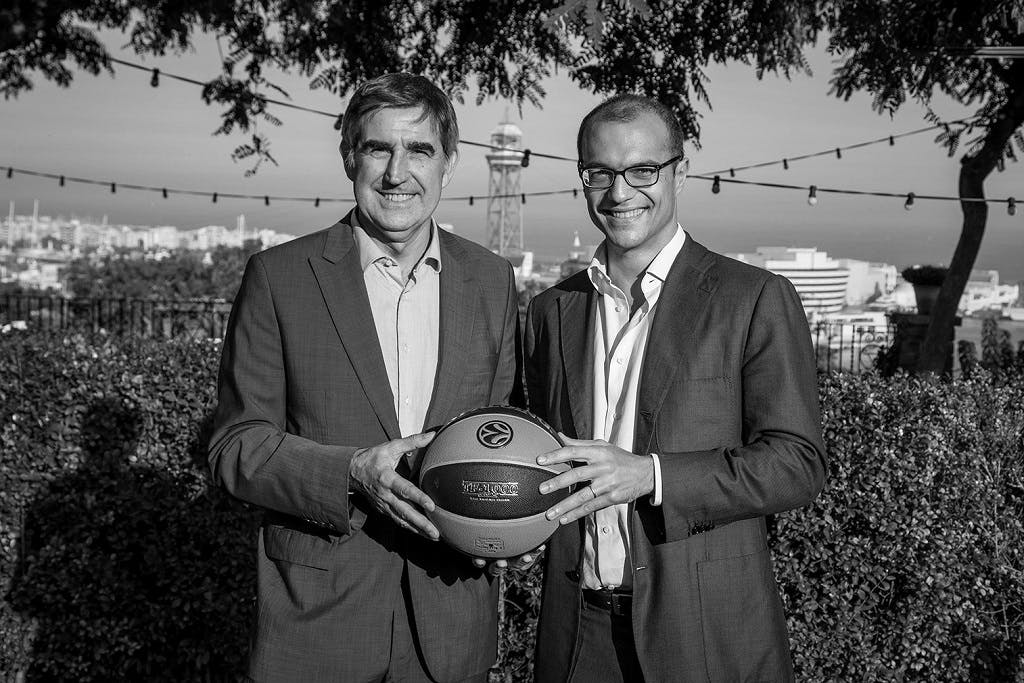
EB channels are publishing new content aimed at capturing younger audiences in particular. WME-IMG co-president Ioris Francini says: “We’ve created a social channels team which delivers bespoke content – lots of guerrilla-style productions, behind-the-scenes stuff that engages with a different kind of audience.”
This work includes the EuroLeague Creators Project, which employed social media influencers and personalities from more than 10 markets around the world to create EuroLeague-themed content. The Creators attended this year’s Final Four as part of the project. They included one of Turkey’s biggest YouTubers, Enes Batur, who has 7.2 million YouTube subscribers, and Germany’s Simon Desue, who has 6.6 million followers on Facebook. “We want them to be a viral extension to partnerships with sponsors,” Francini says.
Euroleague Basketball has positioned itself as a tech-savvy property and is also exploring new content technology. In last season’s EuroLeague playoffs and in the Final Four event, fans got novel content from HEED, a service that uses sensors on players to generate statistical and performance-based content and deliver it to mobiles in-game. HEED is an IMG joint venture with technology firm AGT International.
Data gathering
The biggest upcoming investment is in the EuroLeague Data and Intelligence Engine, which will centralize fan data that is currently split across databases in the league. EB expects a much greater understanding of its fans to emerge from the system, which is to be used in many aspects of the business, as well as crafting effective content for fans and pitching to potential sponsors.
“The idea is to create a central database that can help all of us to expand our businesses,” Bertomeu says. “First of all, we will get to know our fans and clients better through an intelligence engine that analyzes and organizes data gathered from numerous digital touch points. Then we will adapt our services, strategies and content based on the data, ensuring we deliver something that is relevant to fans at all levels. This is the biggest project we are working on.”
The aim is to have data from all clubs integrated into the system by the 2019-20 season.
Sponsorship evolution
Much of the work on digital content and data is aimed at supporting a revamp of EB’s sponsorship business.
“What you’re seeing today in sponsorship is the tail end of the traditional EB business model of sponsorship,” Francini says. “We have global, regional and local partners, and have heavy participation from certain regions. It’s a transactional, opportunistic business model. We are going to completely redesign the sponsorship programme – which doesn’t mean a revolution – but will be about creating a structure that’s fit for purpose going forward. Our plan for the next phase of EB sponsorship will be presented at the end of this year to the board, and then we’ll start rolling it out next year.
“Digital, social, activation and measurement become really important factors in this sponsorship focus. With all these assets we are slowly building toward the medium- to long-term goal of having clear, visible, measurable outlets that will help partners in the new programme understand how we’ll activate the partnership.”
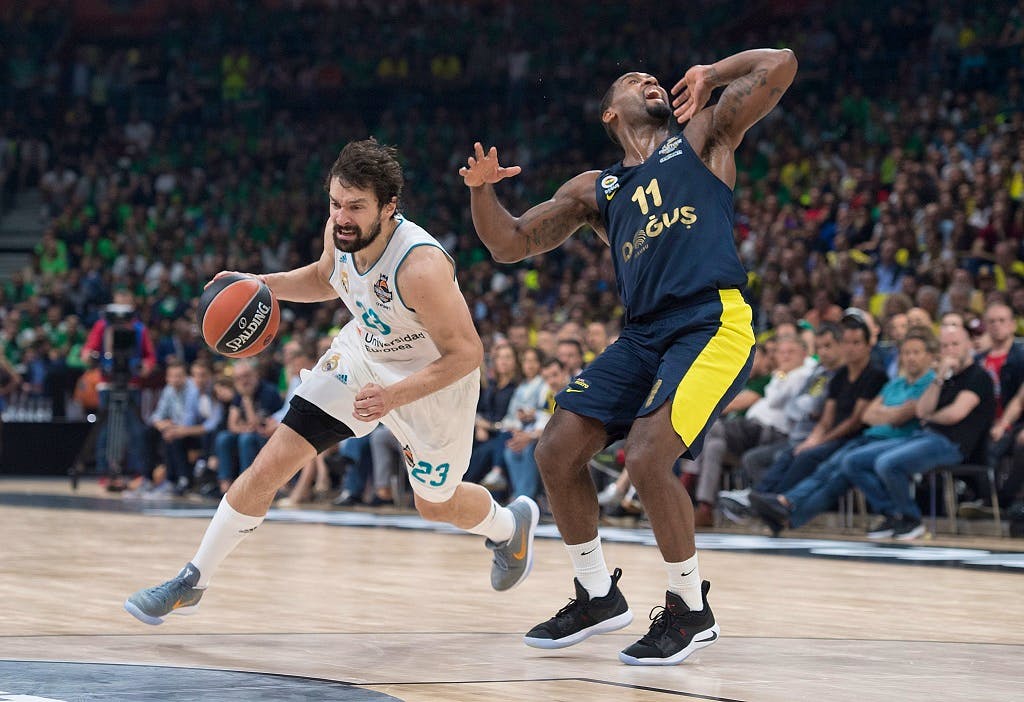
Expansion teams
One of the most visible developments in the next couple of seasons will be the addition of two new semi-permanent teams to the top-tier EuroLeague. Currently, 11 teams have their participation guaranteed each season by virtue of 10-year licenses – these are also the teams that own EB. In 2019-20, two teams will get three-year licenses envisaged as a stepping stone to longer-term licenses. Crucially, these teams will be the league’s first from the powerhouse economies of Germany and France: FC Bayern Munich and ASVEL Lyon-Villeurbanne, respectively. ASVEL’s licence is yet to be signed off – the club has to complete further preparatory work to satisfy the league that it will be able to compete, but both sides are confident that it will.
“Both are major markets with an existing basketball culture,” says Bertomeu. “Germany, thanks to the growth of basketball in the last 10 years, is probably now more mature than France. What makes sense for us is to be associated with big brands. To be partnered with one of the most prestigious sports brands worldwide in FC Bayern Munich is a great way for the league to increase and improve our footprint in Germany.
“When we talk about France, we have a team with a long basketball tradition in Villeurbanne, Lyon – a significant market, probably the second after Paris. And it has a very popular and committed owner, Tony Parker. He has very big ambitions for the future of the club and we are working together to be sure that they will join us in 2019-20.”
Tony Parker is one of France’s greatest ever players, still playing in the NBA with the Charlotte Hornets and previously a four-time NBA champion with the San Antonio Spurs. He first acquired a stake in ASVEL in 2009 and is now the majority shareholder in the club. His plans for its development include a new 10,500-seat arena that is currently under construction.
Regional final
The EuroLeague’s end-of-season showpiece had a record-breaking year in Belgrade in 2018, with new highs in attendance and revenue.
“From a commercial standpoint it was brilliant,” Francini says. “The Štark Arena was sold out and it was the biggest arena we’d ever had for the Final Four, so that was a real success. Belgrade is mad for basketball and you could feel the passion there. From a purely financial standpoint, figures were up 20 to 25 per cent compared to Istanbul in 2017.”
But the organizers aren’t resting on their laurels and are planning a broader range of entertainment options for visitors to next year’s event, in Vitoria-Gasteiz, the capital of the Basque region in Spain. Vitoria-Gasteiz – a Spanish basketball hub and home to one of the country’s most successful teams, Baskonia – will be the main focus and host all matches, but there are plans to host related events in a nearby city, with Bilbao or San Sebastian under consideration.
“We plan to hold the Final Four event across the Basque region as opposed to just Vitoria itself,” says Francini. “We’ll be broadening the programme to reach the larger cities near Vitoria, and the idea is to marry the Final Four to other events typical to the region. There’s a huge culinary tradition there and a lot of events are taking place. IMG own a culinary platform called Taste which we can integrate into the event, and we believe there will be many more examples where this can be applied.”
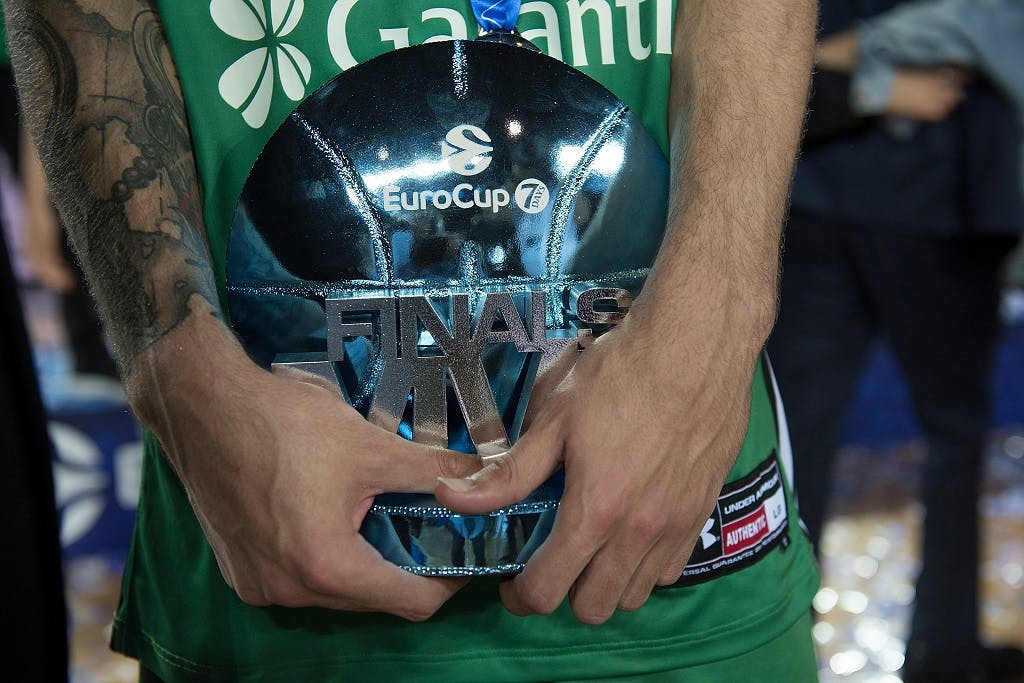
Busy schedule
Alongside the big-ticket developments above, EB and IMG are working on numerous other programs to grow the league’s brand and the sport of basketball, including a grassroots scheme with 12,000 children in Spanish schools; the One Team corporate social responsibility project; and the EB Tech Challenge startup competition, to name a few.
Bertomeu says the change of pace in the organization and the industry at large is challenging but is also what makes his job interesting: “It’s always a new adventure, always a challenge, and this gives you a lot of energy. There is permanent invention. We are very lucky and I am personally very lucky to be part of this creation process. It is a unique experience and very few people can say that.”
The hard work appears to be paying off. So far, the results of the changes under the joint venture are highly encouraging and make Euroleague Basketball an essential property to watch for the sports industry in Europe and beyond.